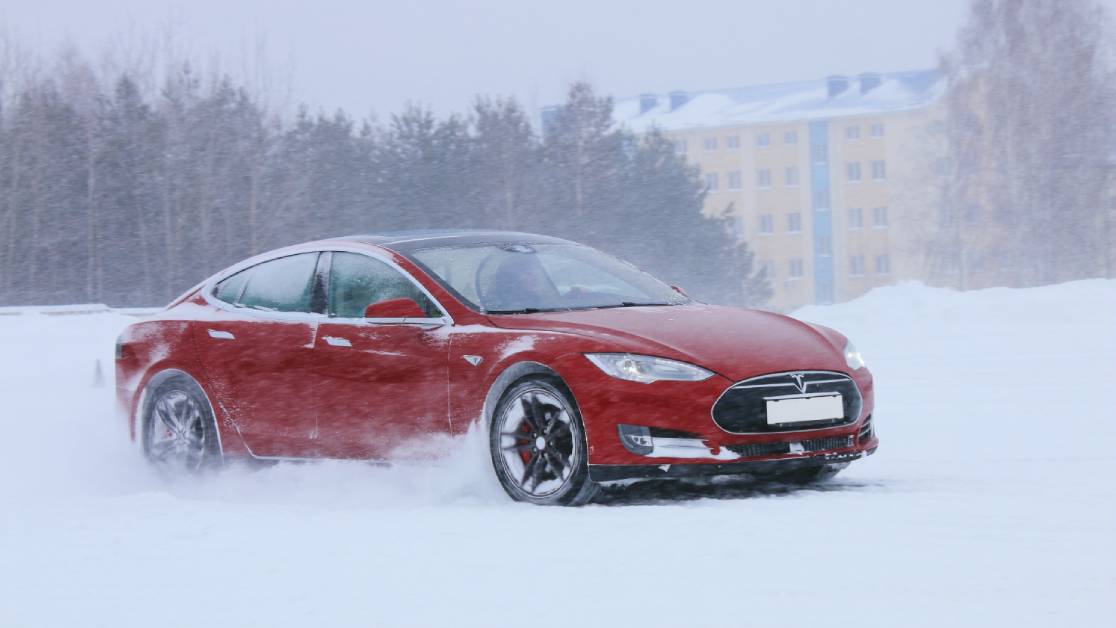Driving a Tesla during the winter can be both exciting and daunting. With its advanced technology, it is safe to assume that you will have no problems with your vehicle when it comes to cold temperatures and icy roads. But extreme winter weather conditions, such as blizzards or ice storms, require extra preparation from drivers behind the wheel of even these impressive cars. In this article, we discuss tips for driving a Tesla in extreme winter weather so that you remain safe and comfortable on the road regardless of conditions outside.
6 Winter Tips For Tesla Drivers
Before taking your Tesla out into severe winter weather conditions like blizzards or ice storms, there are some preparatory steps you should take:
1. Check Tires & Tire Pressure – Ensure that all four tires are adequately inflated before venturing out onto slippery surfaces by checking tire pressure regularly (you can do this at most gas stations). In addition to maintaining sufficient air levels, make sure that each tire has adequate tread depth remaining – especially if roads become snow-covered during your trip; more tread means better traction! Finally consider investing in dedicated snow tires specifically designed for harsh snowy climates which offer superior grip on both wet and icy roads.
2. Check Windshield Wipers – If ice or snow accumulates on your car’s windshield, you will need to rely on your wipers to maintain visibility while driving. Make sure that they are in good working order and topped up with wiper fluid if necessary.
3. Prepare a Winter Driving Kit – It is always wise to carry an emergency kit for winter weather conditions, containing items such as blankets, extra clothing layers, first aid supplies, snacks and water bottles, road flares/safety triangles, and a shovel to help free the car from heavy snowfalls.
4. Slow Down & Increase Following Distance – When driving in extreme winter weather conditions, it is important to reduce your speed and increase the amount of space between you and the car in front. This gives you more time to react in emergency situations, as well as allowing for greater control over your vehicle on slippery surfaces.
5. Use Low Gear & Traction Control – Tesla vehicles are all equipped with a low gear mode which reduces power output from the motor and increases traction when driving on icy roads or snowy terrain. To activate this mode, press down on the accelerator until you feel resistance and then hold there; once engaged, drive slowly using light inputs on the accelerator pedal until you reach a stop or gain traction again. If necessary, also turn off environmental features like regenerative braking (which can cause wheelspin) and active air suspension.
6. Avoid Unnecessary Braking & Acceleration – As a general rule, avoid accelerating too quickly or braking hard when driving in winter conditions; both of these can cause wheel spin and greatly reduce the amount of traction that you have control over your car. When turning corners, also remember to take them slowly and steadily to maintain control as much as possible.
Conclusion
We hope these tips have given you the confidence to take your Tesla out in extreme winter weather conditions. If you’re looking for an even easier way to drive a safe and comfortable car this season, consider signing up for Steer EV’s car subscription service. With our flexible plans, we provide access to the latest electric vehicles on the market with no long-term commitment or hassle. So sign up today – happy trails!
Tags:
